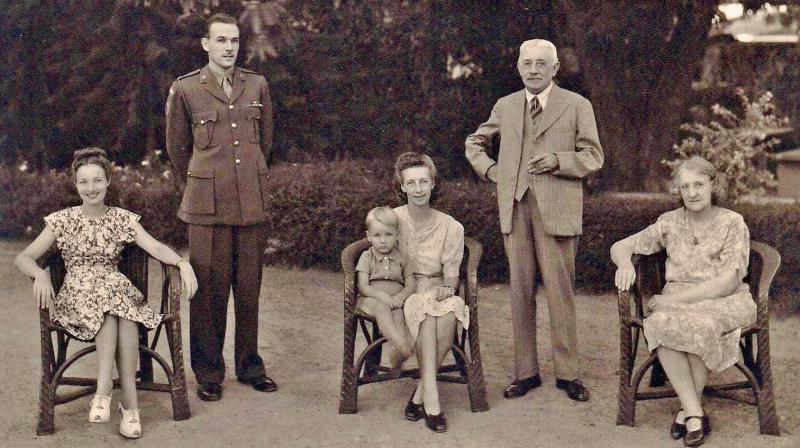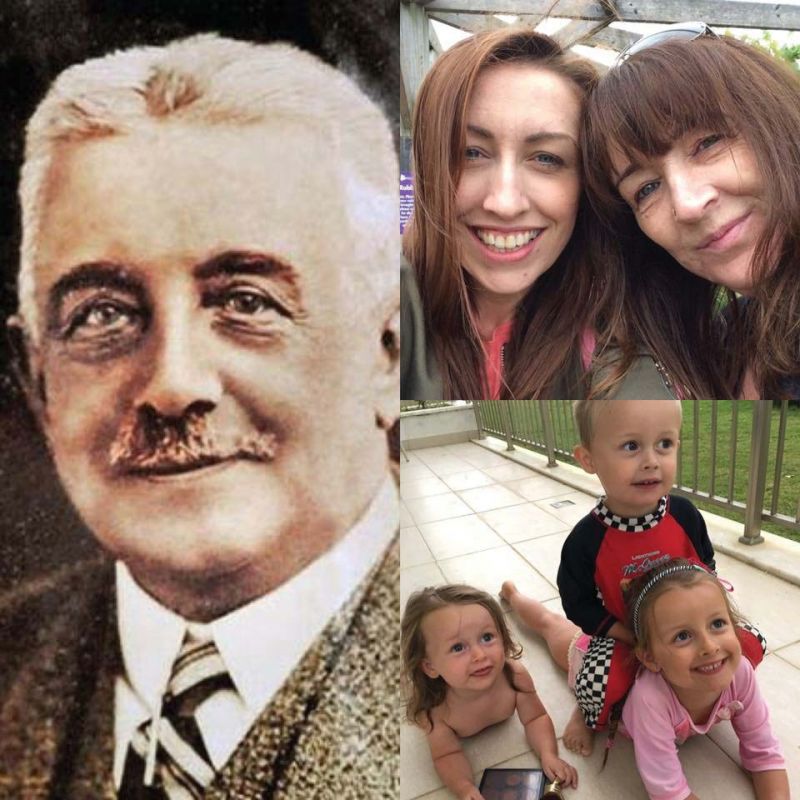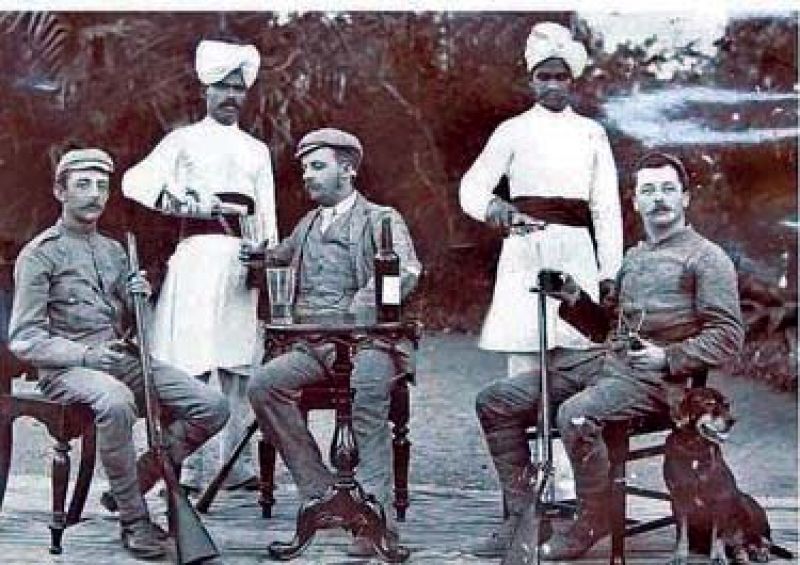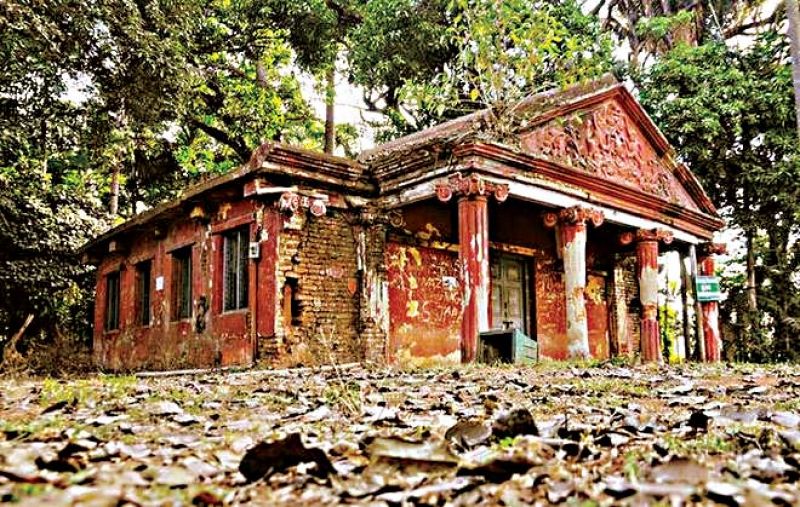Krumbiegel: Grand old man who gave garden' touch to city beautiful

Who doesn’t smile when the tabebuira bloom in bursts of yellow and pink? The jacaranda tree, the gulmohars and the cassias have been muse to many a writer and poet, enchanting everyone who set foot in Bengaluru. Much of our green legacy we owe to the renowned horticulturist Gustav Hermann Krumbiegel, whose talents so impressed Krishnaraja Wadiyar IV that he appointed him as curator of Lalbagh Botanical Gardens. Having arrived at the age of 26, Krumbiegel called this land his home, braving the trials of the World War when his German descent had him declared an enemy of the state and dealing with a rigid bureaucracy, comprised mainly of the Indian civil engineers who ruled the administrative roost. Under the support of dewans like V.P. Madhava Rao, C. Rangacharlu and most importantly, perhaps, Sir Mirza Ismail, visionaries like Krumbiegel were encouraged to contribute, earning Bangalore the moniker, City Beautiful and not long after, the more familiar, Garden City. Darshana Ramdev reports.
The moment I set foot on Lalbagh soil, I knew I was home." Alyia Phelps-Gardiner Krumbiegel carries a legacy quite unlike any other, having descended from the renowned horticulturist who gave Bengaluru much of its verdance.
She walked in silence along Queens Road, lined with its ancient rain trees and to the Superintendent's bungalow in Lalbagh, retracing her great-grandfather's footsteps.
"I was trying to imagine where he might have stood," says the 57-year-old, who, apart from her admirable grip on local history, is chock-full of happy anecdotes from the glory days of the Mysore kingdom. "My mother used to play in his office," Alyia recalls. "He was the first person to occupy the Superintendent's bungalow in Lalbagh with his family." Her great-grandmother, Katie Clara, was a master baker - "Everyone who worked at the garden would eat cake at lunch time everyday," she says.
Passage to India
A horticulturist tending quietly to the flowerbeds in the Royal Botanical Gardens, in Kew Gardens, London, caught the eye of a distinguished Indian guest. Sayajjirao Gaekwad III was a frequent visitor to the gardens in Kew and spotting the talents of the 26-year-old, invited him to take over as curator of the Botanical Gardens in Baroda.

"He was happy to oblige," says Alyia, who has, over the last year, left no stone unturned in her efforts to preserve and celebrate her great grandfather's legacy. In 1893, Krumbiegel arrived in chaotic heat of the tropics and subsequently "landscaped his way across the country," as Alyia puts it. Over 50 gardens, tea and coffee estates in the Nilgiris, the royal gardens in Kerala all met with his magic touch.
The architect
During his time in Kew, Krumbiegel spent his spare hours studying architecture at the University of Kensington. This would go on to help him establish a legacy in stone in the Mysore Province, although this came with more than its fair share of tribulations.
Sir Mirza Ismail, who had been serving as Secretary to the Maharajah and then as the Dewan of Mysore, was keen to improve the quality of public works in Bengaluru. "Engineers are part of the problem, not the solution," a prominent Bengaluru architect remarked earlier this year. This held true then, too, perhaps even more so, for the arrival of architects like Koenisberger and Krumbiegel was the cause of much distrust amongst the administration.

The Plague
The Bubonic Plague led to new measures for improvements in public works, ultimately leading to the establishments of layouts like Chamrajpet with scientifically designed drainage systems that moved away from the filth of the open sewers that had so far been part of the planning process. It was at this juncture that the expertise of German architects like Koenisberger, Exener and Krumbiegel were called upon. Krumbiegel's lent himself to projects like the Municipal offices (at no extra fee) and several of Bengaluru’s more modern avenues, were regarded with disgust and suspicion by the battery of civil engineers who ruled the administrative roost in the Public Words Department at the time.
Krumbiegel received the support of the Dewan nevertheless and three architects - Krumbiegel, Exener and Koenisberger (best known as the architect of the Indian Institute of Science) were retained in the province. Their names do not figure in the Mysore epigraphs, their architectural contributions largely erased from the annals of history, writes T.P. Issar, in Mysore, The Royal City.
The Inheritance of Loss?
Urban development projects, the building of new roads and the widening of existing ones as well as the array of public demands that arose with the city's astronomical growth have laid waste to much of our natural heritage. Only a shadow remains of the erstwhile glory of Bengaluru's tree lined roads and avenues dotted with parks. "We need enthusiasm and support from the people if these legacies are to be preserved," says artist and historian Suresh Jayaram, who produced a book, GH Krumbiegel: Whatever he touched, he adorned.’
The Krumbiegel Hall in Lalbagh was a monument of much significance and lay for years in dilapidation until it collapsed earlier this year. Alyia, who awoke to the news of its collapse, found the re-discovery of her legacy rudely interrupted by administrative apathy.
 Krumbiegel House before its collapse.
Krumbiegel House before its collapse.
On her part, Alyia is happy to play activist and has been a vocal supporter of the campaign to save the veterinary hospital on Queens Road as well as the steel flyover protest in 2016. “Anything to do with saving those trees,” she smiles, “I’m there!”
The philosopher-king
"The princes are few, either in our own day or in the past history, who have used the opportunities of their position so wisely and so well as he," writes Stuart Frasier in his Asiatic Review, of Krishna Raja Wadiyar IV, the 'philosopher-king', under whom a number of foreign architects and visionaries found lasting patronage. It was in 1908, when V.P. Madhava Rao was the Dewan of Mysuru that Krumbiegel made his first appearance. Over 50 percent of the nearly 9,000 trees belonging to the 800-odd in Lalbagh were brought in at his behest, with the full support of the Mysore royals.

"The flowering trees in their gorgeous colours, the blue and mauve jacaranda, the pink and red cassias, the yellow peltophorums, the pink largestrocmias, the plumirias and the gulmohar... are the most beautiful among them," Sir Mirza Ismail writes of Bengaluru, in his memoirs, My Public Life. He brought also the flowering trees that line the city's avenues and the rain trees for which the Cantonment area is so famous. "He was a visionary, he knew he would never stand under the trees he planted," Alyia remarks.
"You had visionaries from all over the world contributing to every aspect of life in the province, whether it was violinist Margaret Cousins or Krumbiegel. The best of everything in the world was brought to Mysore and it was ensured that they contributed positively to the state," says Vikram Sampath, historian and author, Splendours of Royal Mysore - The Untold Story of the Wodeyars. "When criticism arose that local talent was not being given preference, Sir Mirza Ismail replaced Sir Albion Rajkumar Banerjee as Dewan of Mysore.
World War II
"We stood stiffly side by side and we said in unison, 'Hoch der Kaiser!'... (High, the Kaiser) He tried to say something and then he began to cry... He just stood there sobbing." John Steinbeck, East of Eden.
The advent of the Second World War transformed every German into the epitome of villainy. In India, German nationals were declared enemies of the state - Krumbiegel was captured, beaten and thrown into an internment camp. "The British wanted to deport my great grandmother as well and she would have been treated as a spy, had she returned to Germany," says Alyia. “She was British but they never forgave her for marrying a German!”
The Mysore Durbar did not take this lying down. Great pressure was exerted to retain Krumbiegel, Exener and Koenisberger during the Second World War, first for their immediate release and when that didn't work, a plea was made for them to continue working on their architectural designs while they were in the camps.
(All photographs courtesy Alyia Phelps-Gardiner Krumbiegel)
B04

